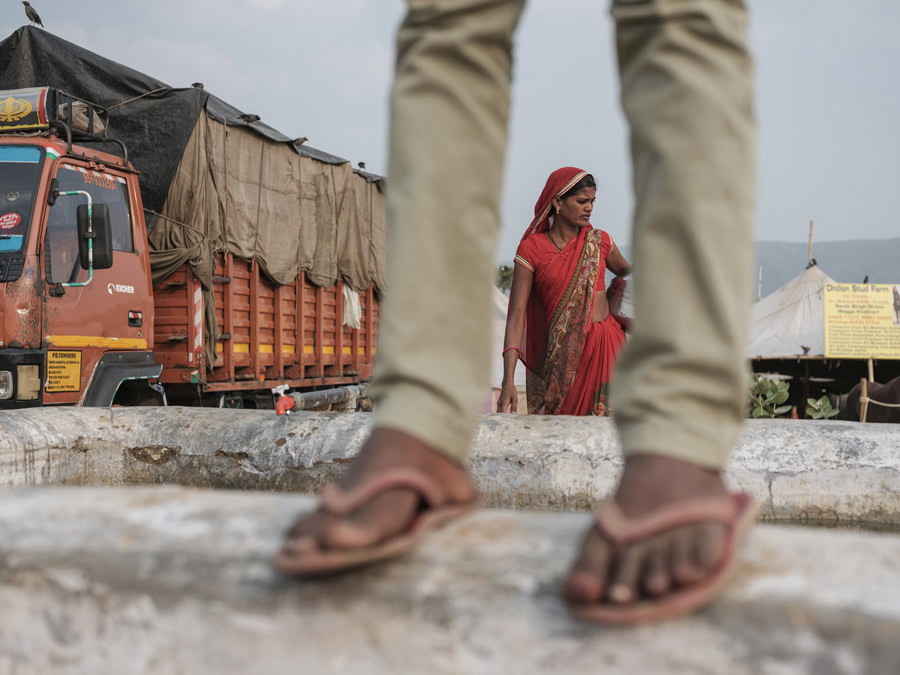
Pushkar is a town bordering the Thar Desert, located in Rajasthan, India.
It is regarded as a sacred Hindu site with a total of 52 ghats, known as stone staircases, where one can witness pilgrims bathing. The town is home to hundreds of religious temples.
Since Pushkar is a highly religious town, the people are not allowed to consume eggs and meat; alcohol is also prohibited there.
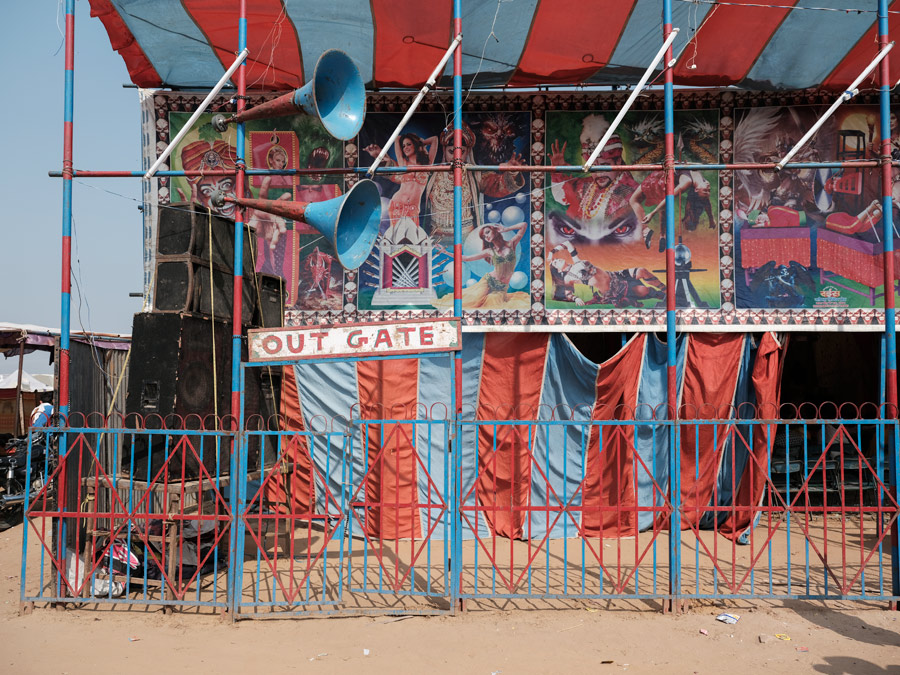
One iconic event in Pushkar is the Pushkar Fair, which is also called the Pushkar Camel Fair. It is locally known as Kartik Mela or Pushkar ka Mela. Taking place annually around October or November period, the fair lasts about seven days. It is a multi-day livestock fair where people come from various locations to trade horses and camels. There are many fascinating sights to behold, and this traditional-style Indian festival has evolved to become a local celebration and huge tourist attraction.
There are various cultural events and competitions taking place during the Camel Fair. These include dances, longest mustache competition, bridal competition, horse dances, and camel races.
The Pushkar Fair attracts approximately 200,000 visitors.
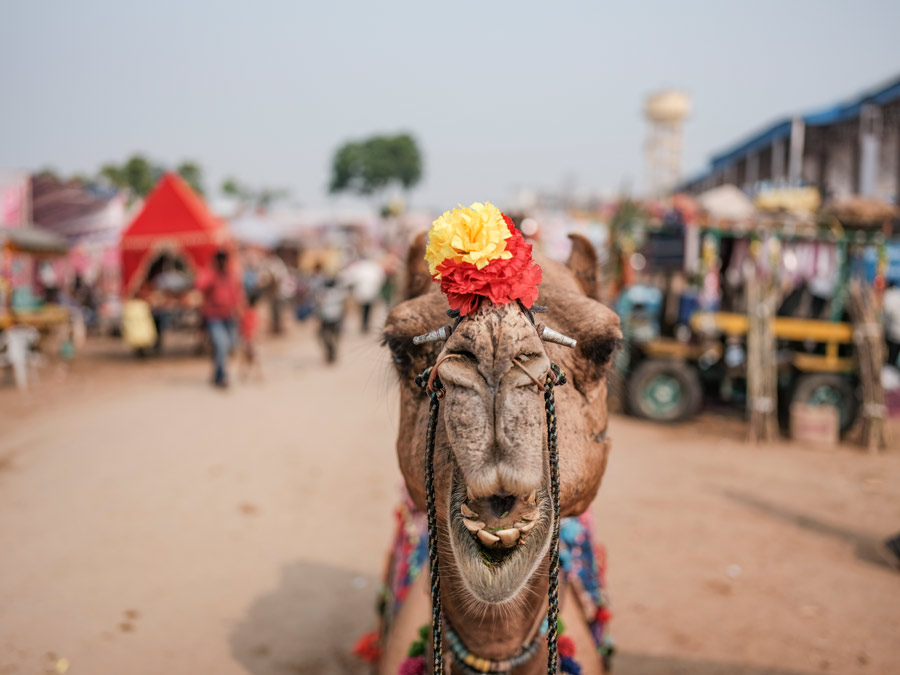
I was very excited about this trip, because, from the video that I saw online, it seems fun and crazy. But on my first day at the Camel Fair, I was very disappointed, as it was very catered to tourists.
I can see that many photographers, including local Indian photographers who were paying people to photograph them, so it was not very authentic. At some angles, there were more photographers than camels even. I felt that the entire place has become too touristy.
I was also surprised to see that there were many photography tours/group workshops being conducted at that place.
Actually, I thought that it could be interesting to do a photo and video documentary about the photographers photographing
the people there.

In the past, there were initially been more camels in this fair, and now it has evolved to have more photographers instead – I thought to myself that maybe we should name it Pushkar Photographer Fair.
That being said, I was one of them.
It was possible to get exciting shots from the side of the Camel trade, but I needed to be patient, and attempt to go where photographers were not going, so as to be more isolated.
One of my strategies is not to ask my subject to pause and capture them without them noticing so that I can capture more spontaneous shots. I also decided to come during a different time of the day and a few days later when most of the photographers have left – it started to get more enjoyable when there were a few original farmers left for me to witness and capture.
Anyway, going to the fairground, located to the west of town, it was an exciting experience. Every single day there are activities or contests such as the longest mustache, horse dancing, camel races, even horse and camel beauty contests. I can tell that the owners of the camels and horses really do put a lot of effort into making their animals look their best aesthetically and in shape. It was a very colorful cultural theme. Some of the performances were outstanding!
Inside the fairground, besides livestock, humans were also the stars of the show. There were carnivals featuring many dancers, musicians, acrobats, local bands with traditional clothing, snake charmers. People were also selling Chai Tea, local food, and I can also see some locals resting on the benches in the shade.
The fair does not stop here, as there are so many activities to keep you entertained. There are play rides, carousel rides, shows, a marketplace where people are selling almost everything, and even tattoo artists.

It was fascinating to photograph inside the fairground and around that.
The crowd was very intense during the weekend as the local Indians from around Pushkar also traveled to attend the fair.
I did experience a similar fair during Kumbh Mela, where the music is loud, everything is colorful, and the ambiance feels like straight out from a movie.
I was there during the entire week from the 6th to the 12th of November.
During my stay in Pushkar, I also met some Kalbeliya Gypsies.
They are well known in Rajasthan and traditionally originated from India’s nomad or vagabond communities.
The gypsies try to earn a living by performing music and dance to tourists. Some also do henna artworks. The traditional folk songs and dance of the Kalbeliya tribe were recognized by UNESCO in 2010 and is currently listed on the Intangible Heritage List.
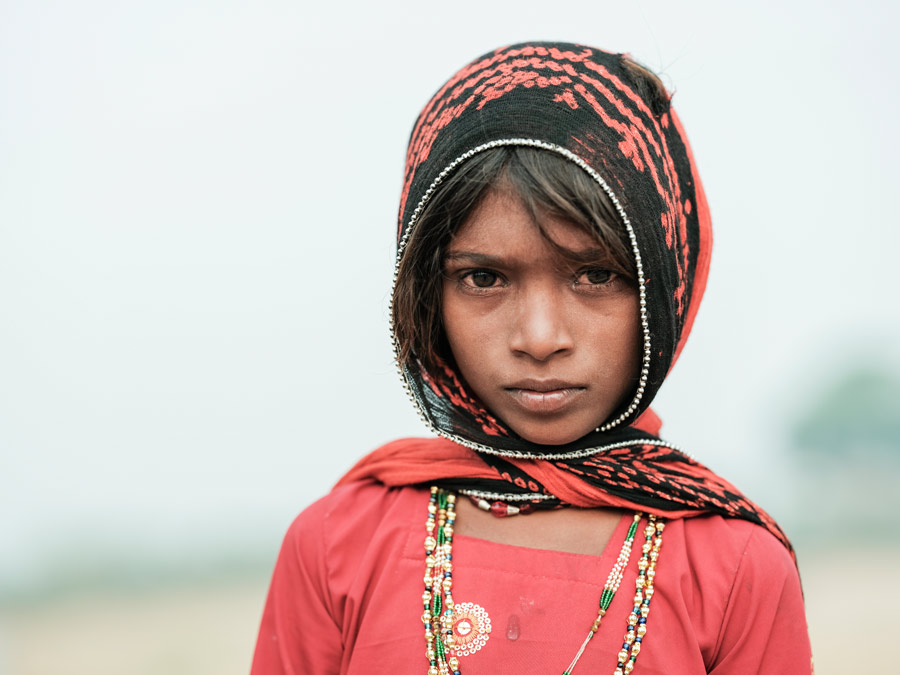
It was one of my goals to make a connection with the gypsies, It has been quite some time that I had the idea of doing a photo documentary about them and produce interesting images.
I felt that this community is full of beauty and innocent happiness.
During this trip, I was using my digital medium format camera FUJIFILM GFX 50R – It is a real plus using it – I certainly shoot less as compared to using a regular camera, but the quality of the images is very satisfying. I did film the fair and will be launching a video in a few weeks’ time.
Besides my little disappointment about the trading side of the Camels, I was overall thrilled with my experiences of what I have witnessed and what I have photographed. I met great people and had a lot of fun.
I will definitely return to Pushkar to once again enjoy the cultural activities and fun rides.
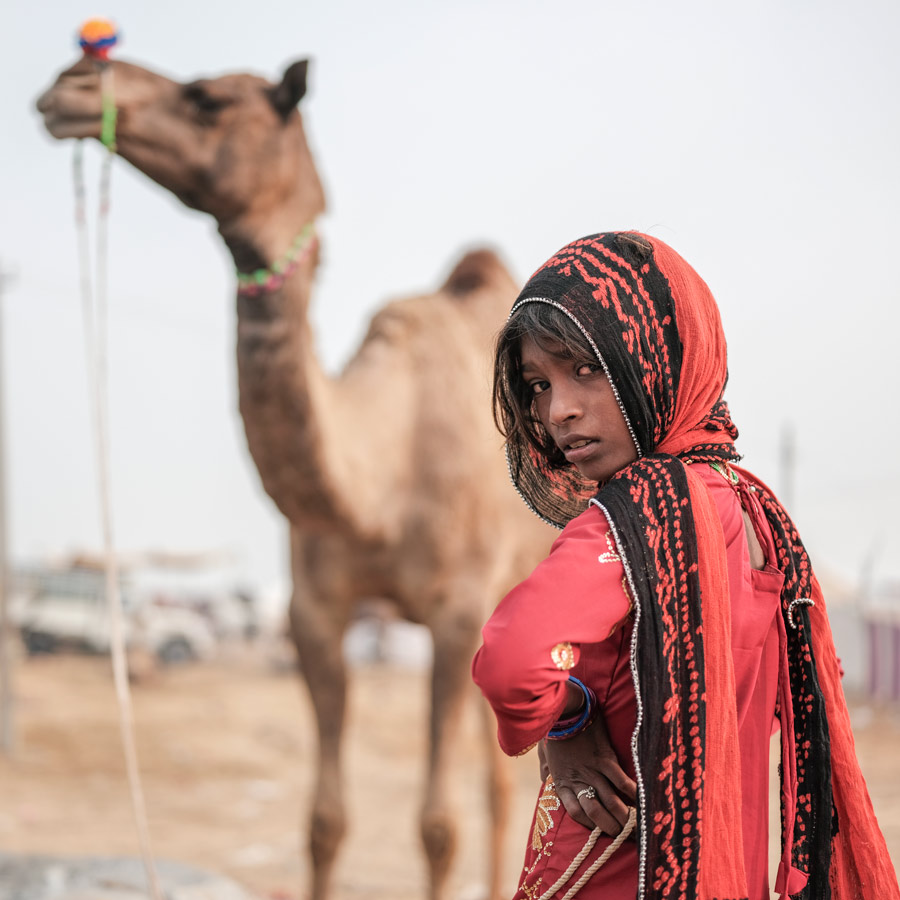
JOSÉ JEULAND
Jose Jeuland, French photographer based in Singapore. Ex-Professional Triathlete turned Professional Photographer.
Hailing from Brittany, France – Jose Jeuland has been competing around the world in various triathlons at the elite level.
Landing in Jeju Island for a trail running race in 2016, Jose decided to make use of the opportunity for travel to pursue his other passion: photography.
Jose is an ambassador for The North Face, a FUJIFILM X-Photographer and supported by EPSON, Manfrotto, BenQ and Gravity Backdrops.
Jose collaborates and creates content for these brands.
The Haenyeo Women Divers of Jeju Island greatly attracted his interest. Through his travel and documentary photography project on the Haenyeo, Jose managed to produce a successful photography exhibition that was widely publicized in various news media outlets and also in numerous international publications. This kick-started Jose’s professional photography journey and unending appetite for documenting new cultures and traditions around the world.
Following the Haenyeo exhibition, Jose did his second major solo photography exhibition at The Fullerton Hotel in April-May 2019 about “Longevity Okinawa”, in which he directed and produced a short film documentary.
Portrait photography is one of Jose’s trademarks, and it is featured heavily throughout his street, travel, and documentary photography shots. Audiences have often remarked at the emotional connection they find with Jose’s photography work, and the results of Jose’s photography exhibitions are successes that Jose desires to replicate.
Jose also enjoys the print side of photography and believes that the results of a printed photograph is one of the peaks of photography achievements.
Now based in Singapore, Jose is managing COCO Creative Studio where he produces commercial photography and videography work.
Jose works with international clients as JW Marriott, Shangri-La, The Fullerton, Grab, Amazon, Expedia, etc.
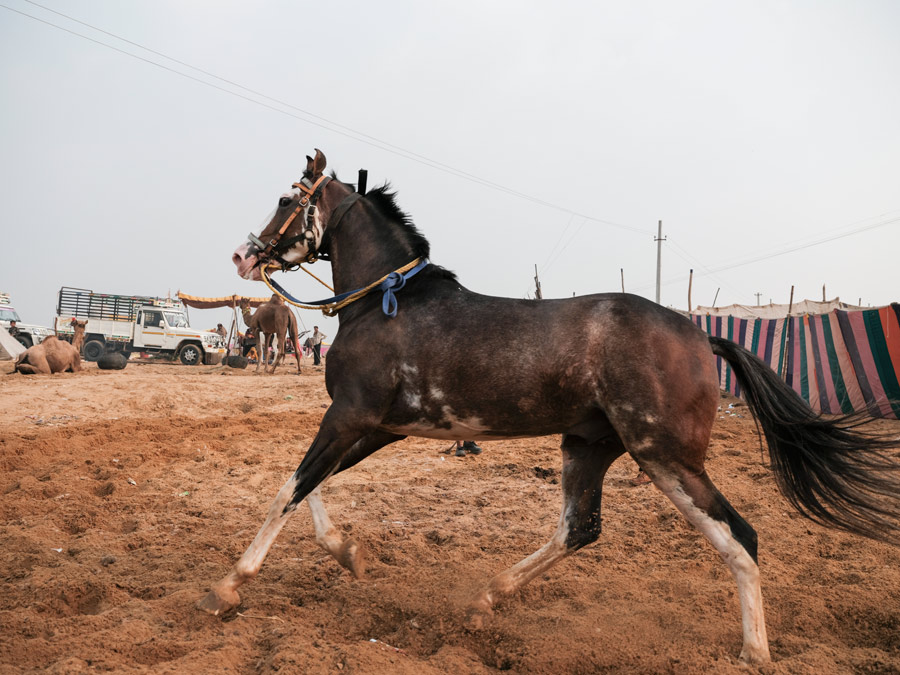
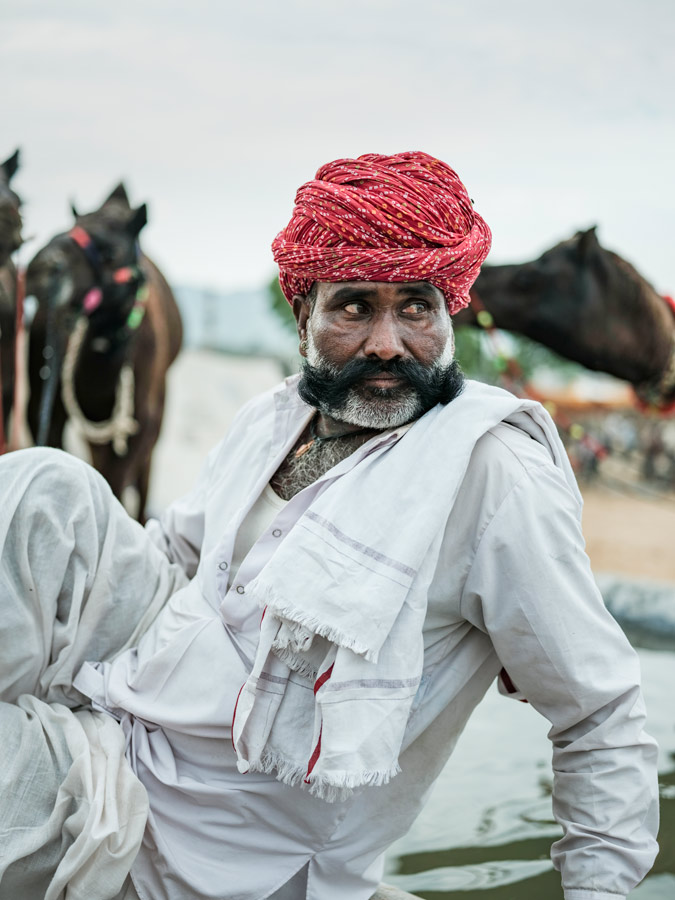
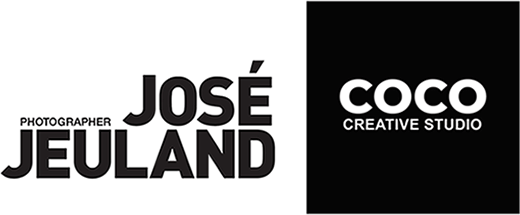
Website: www.josejeuland.com
Website: www.cococreativestudio.com
Instagram: @josejeuland
Youtube: Jose Jeuland
Twitter: @josejeuland
Facebook: Jose Jeuland
Read the full article on Lens Magazine Issue #63

